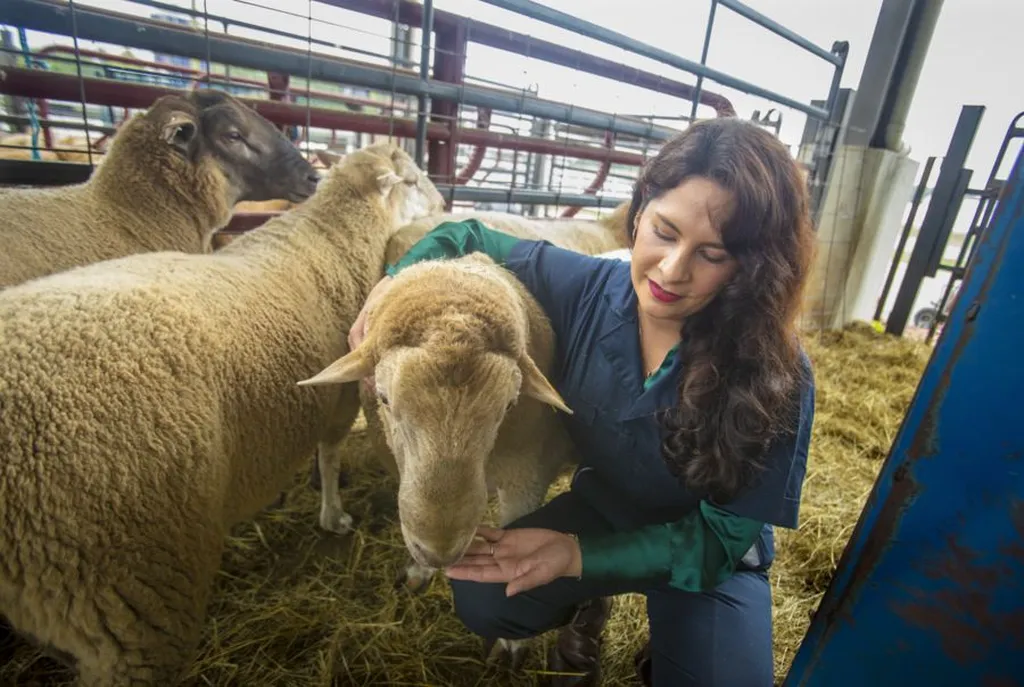In the heart of Kuwait, a groundbreaking study is reshaping the future of sheep breeding, with implications that could ripple through the agricultural sector. Hanan Al-Khalaifah, a researcher at the Environment and Life Sciences Research Center of the Kuwait Institute for Scientific Research, has led a team that has uncovered significant genetic variations in the growth hormone receptor (GHR) gene of Kari and Balkhi sheep breeds. This research, published in the journal Veterinary Medicine and Science, could pave the way for more efficient and economically viable sheep farming practices.
The study focused on identifying genetic polymorphisms in the GHR gene, which plays a crucial role in growth traits. By analyzing DNA samples from 150 animals of each breed, the team employed next-generation sequencing (NGS) to uncover a trove of genetic variants. “We identified 620 variants, most of which were located in the intronic regions,” Al-Khalaifah explained. “However, the most intriguing findings were the single nucleotide polymorphisms (SNPs) that showed a strong correlation with growth rates.”
The research revealed that certain SNPs were positively correlated with weight gain in high-growth rate groups, while others were negatively correlated in low-growth rate groups. These SNPs could serve as valuable markers for marker-assisted selection, a process that uses genetic information to improve breeding programs. “This discovery could revolutionize sheep breeding by allowing us to select animals with desirable traits more efficiently,” Al-Khalaifah noted.
The commercial implications of this research are substantial. By identifying genetic markers associated with growth traits, farmers can enhance the productivity and profitability of their flocks. This could lead to a more sustainable and efficient agricultural sector, benefiting both producers and consumers.
Moreover, the use of NGS technology in this study highlights the growing importance of advanced genetic tools in agriculture. As Al-Khalaifah’s work demonstrates, these technologies can provide deep insights into the genetic underpinnings of important traits, enabling more precise and effective breeding strategies.
The study’s findings not only shed light on the genetic diversity within Kari and Balkhi sheep breeds but also open new avenues for research and development in the field of animal genetics. As the agricultural sector continues to evolve, the integration of genetic technologies will play a pivotal role in shaping its future.
In the words of Al-Khalaifah, “This research is just the beginning. The insights we’ve gained could have far-reaching implications for the agricultural industry, and we are excited to explore the possibilities further.” With the publication of this study in Veterinary Medicine and Science, the stage is set for a new era of innovation in sheep breeding and beyond.

